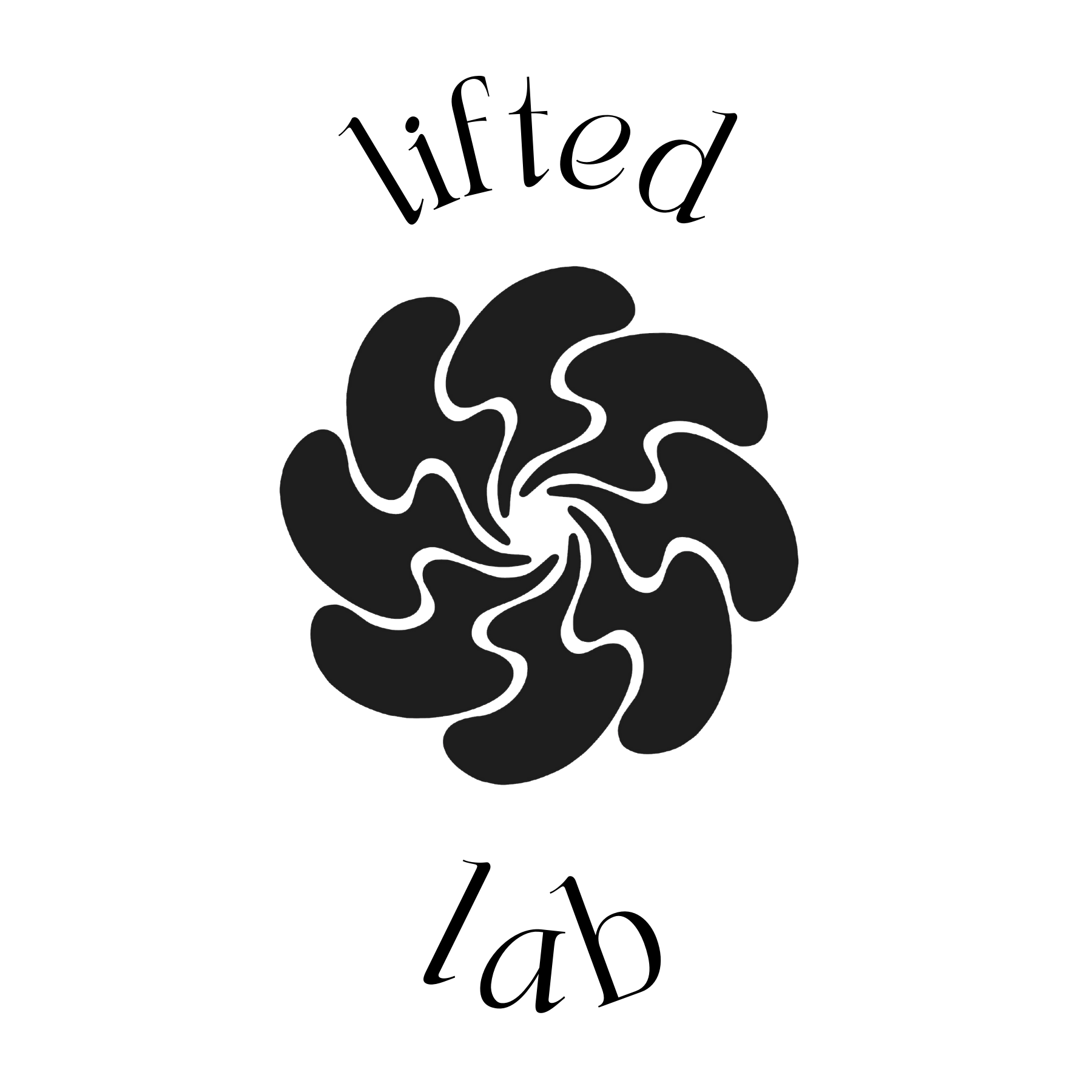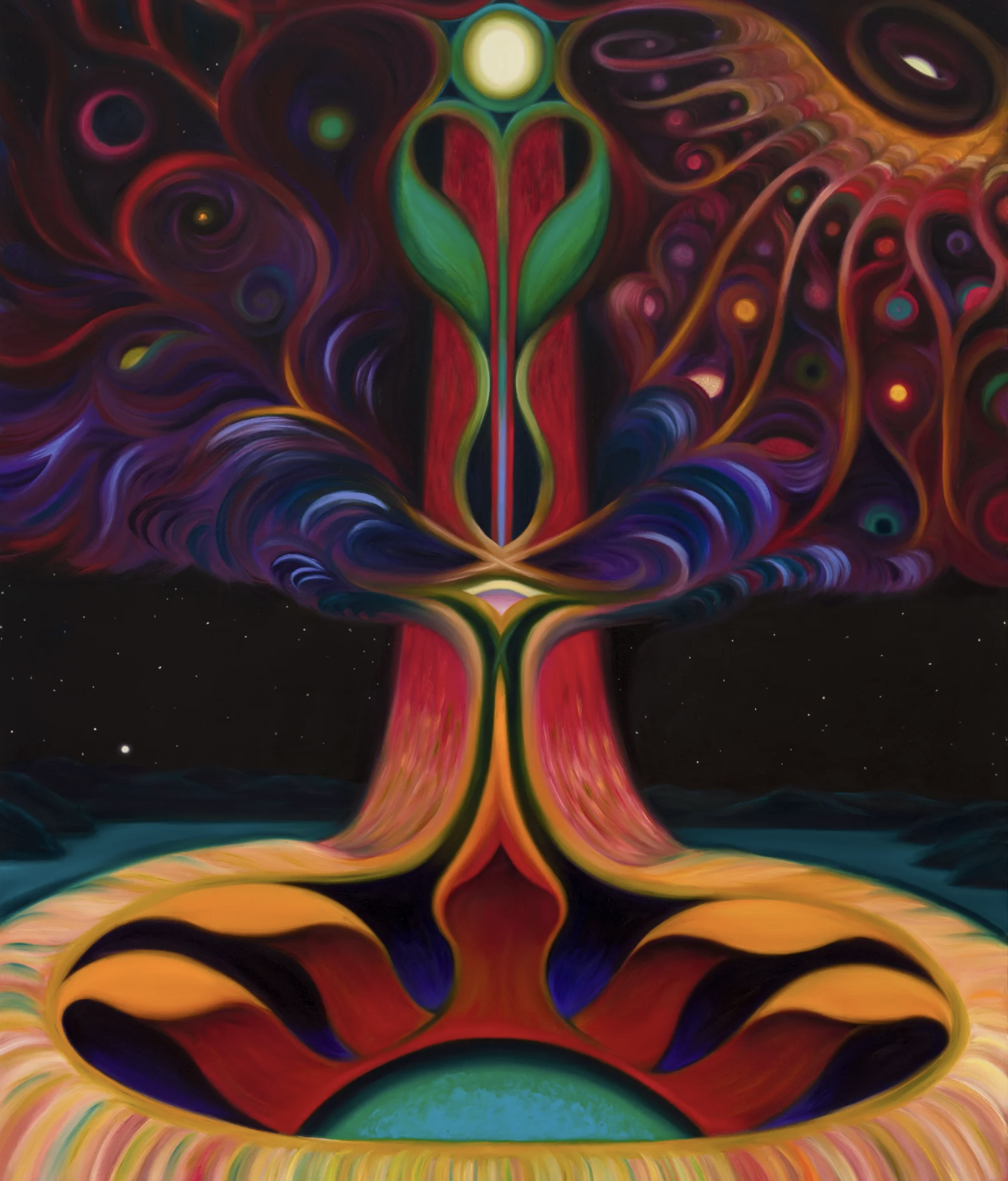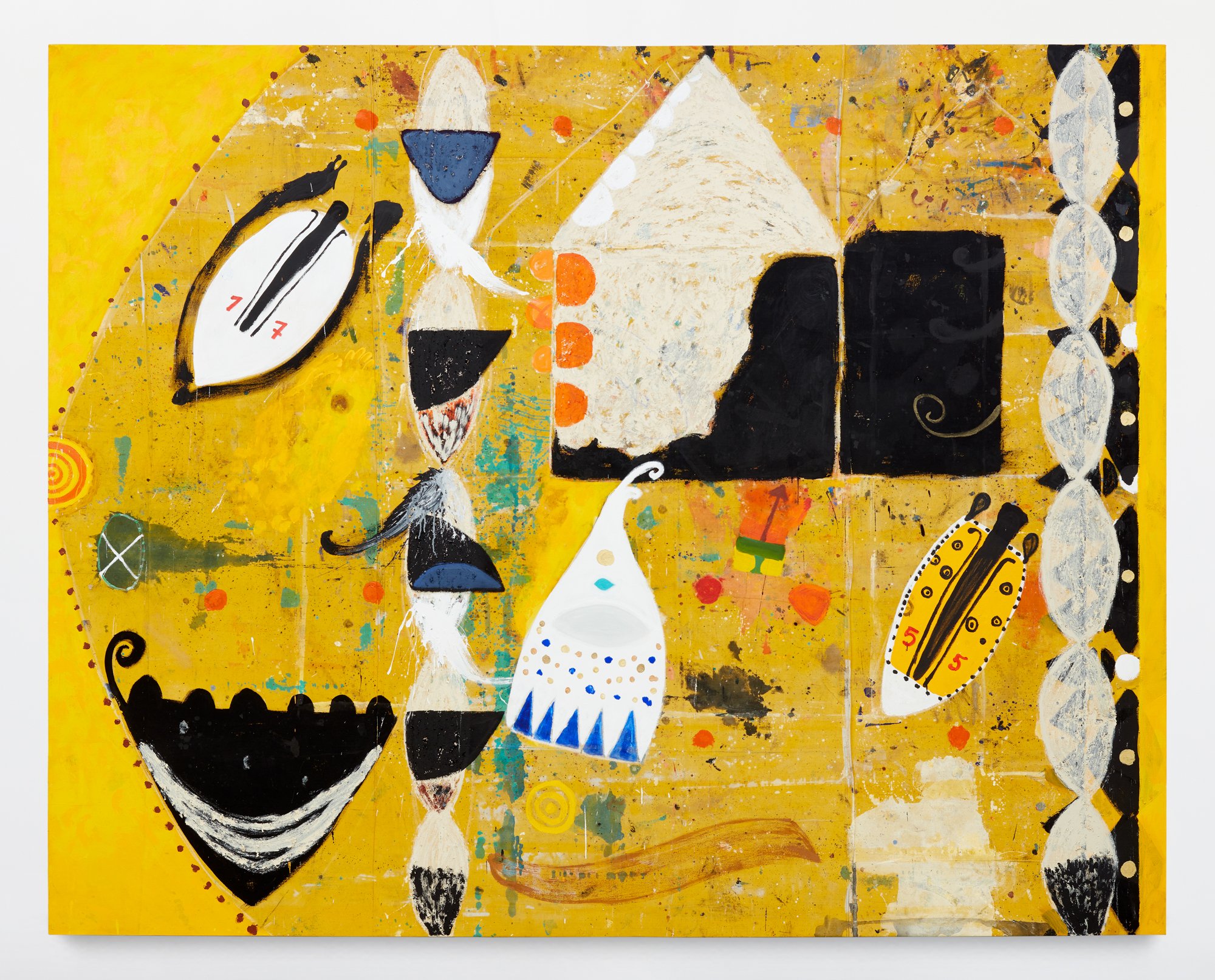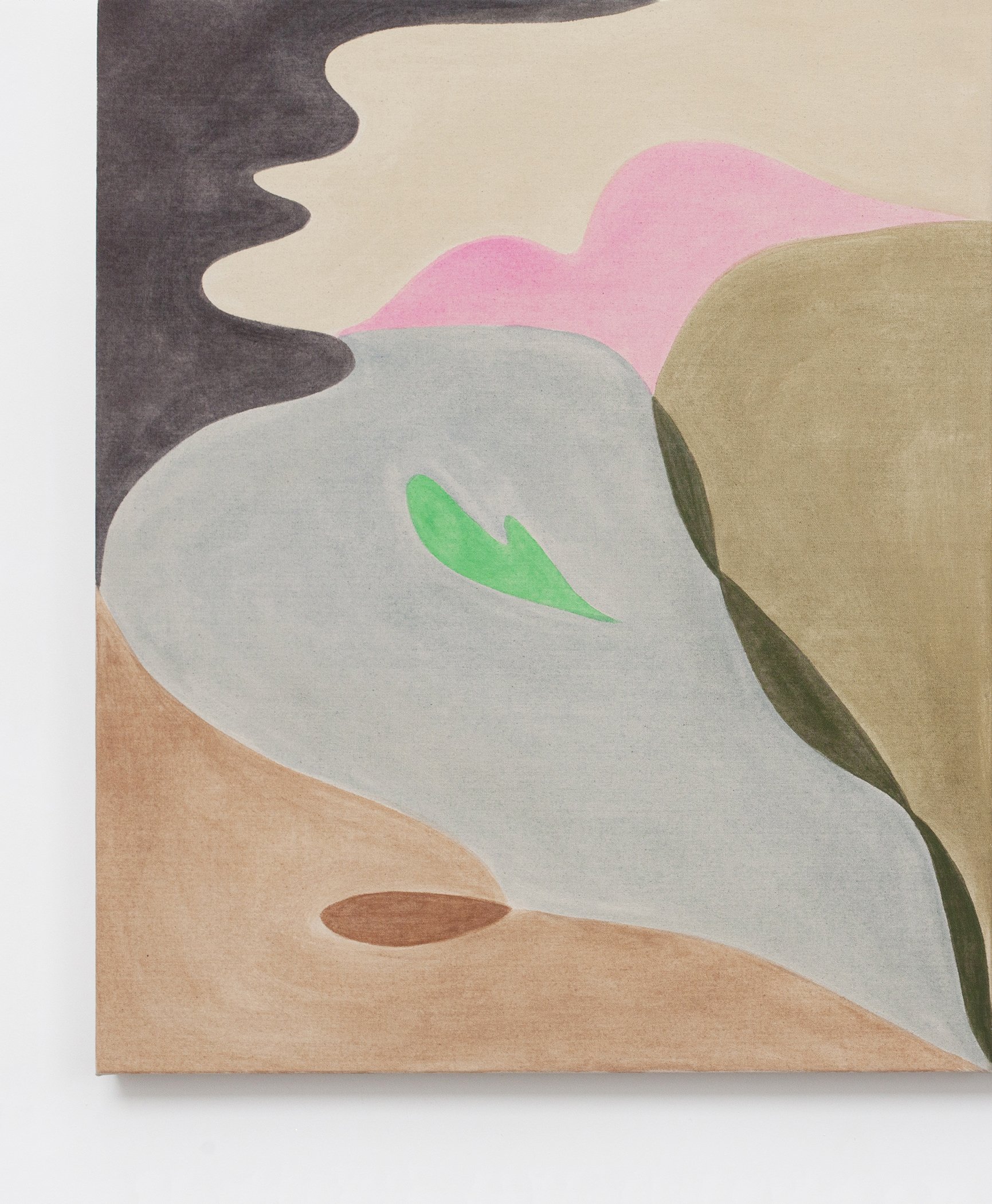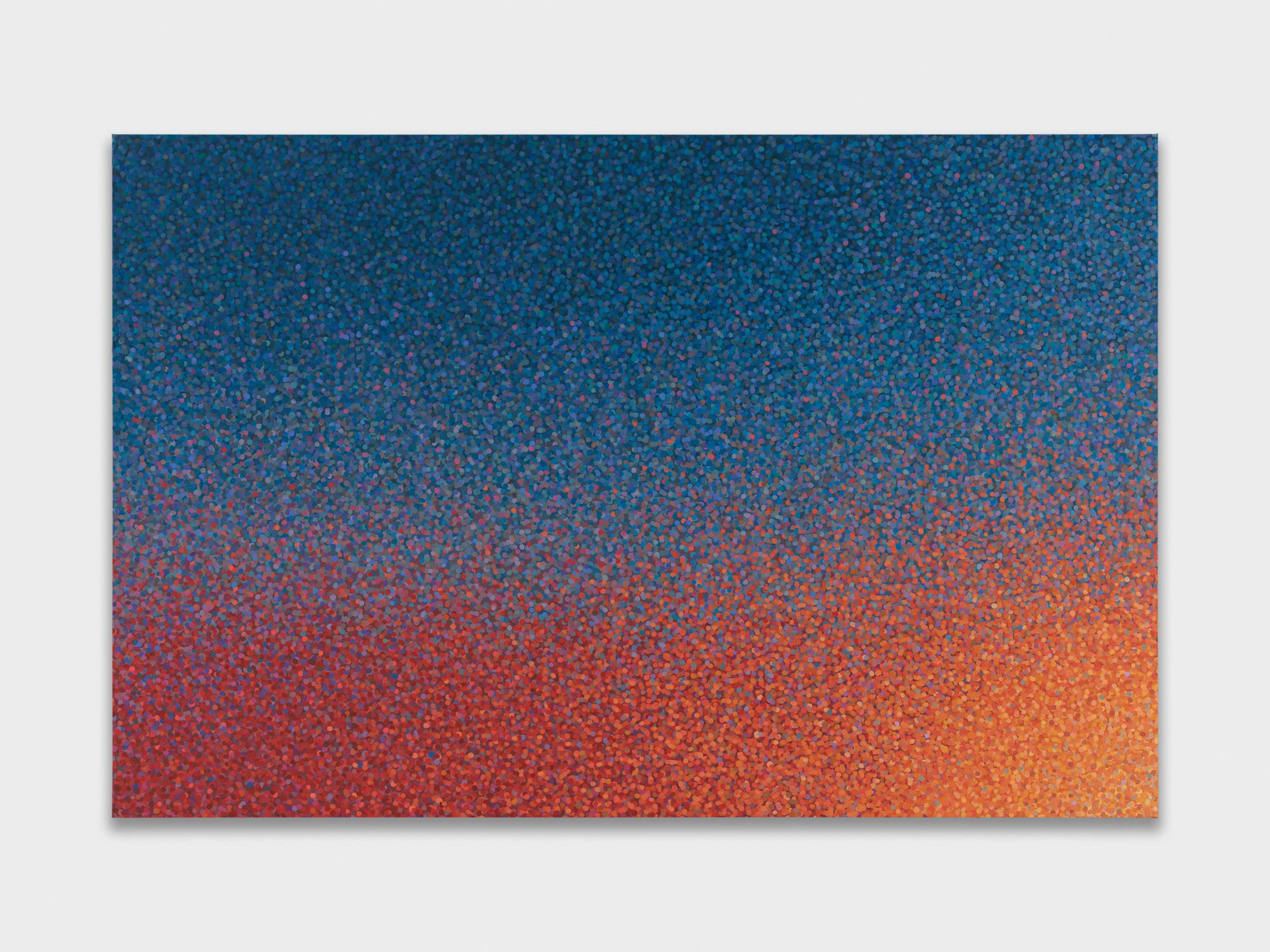Molly Greene: Pseudopodia
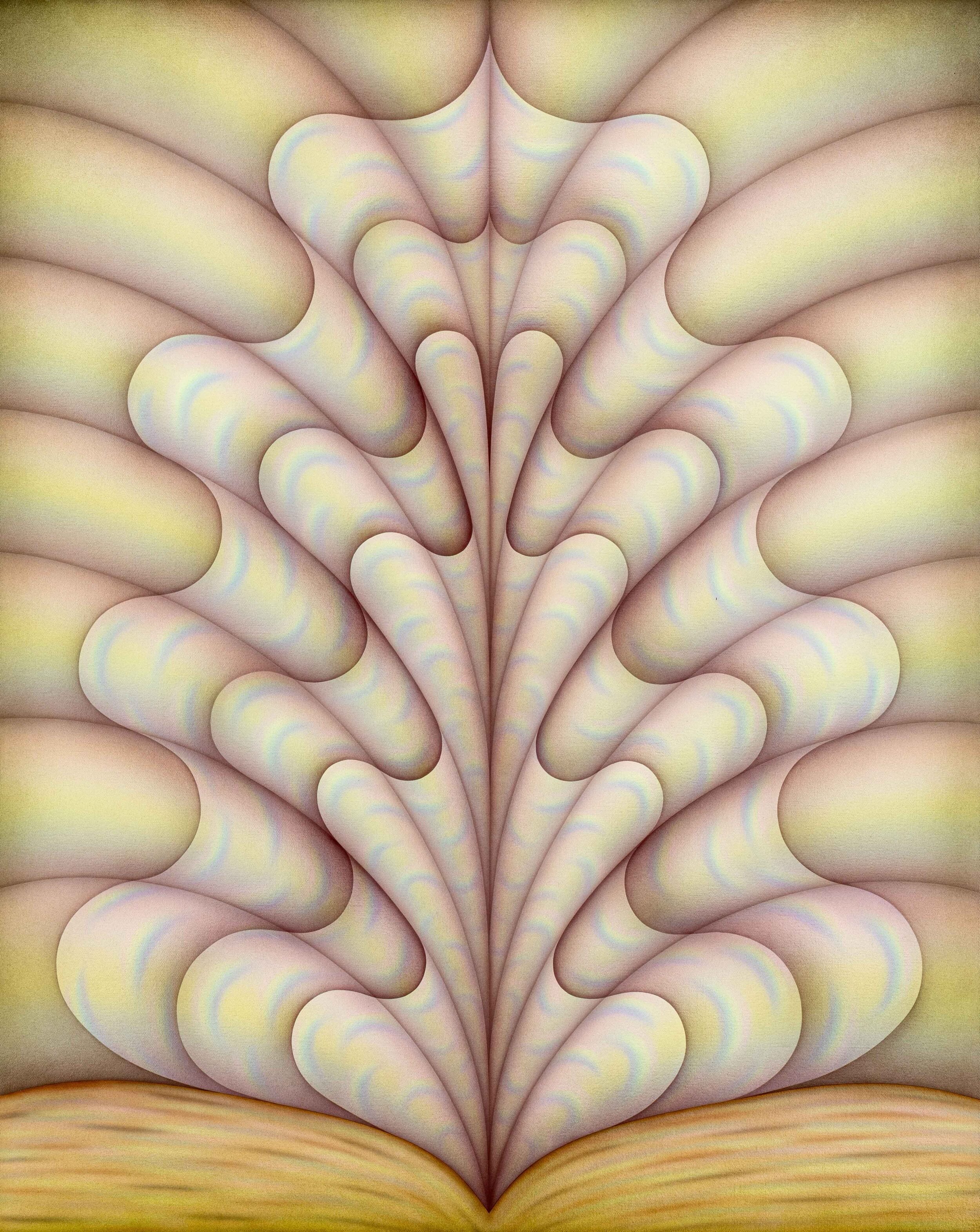
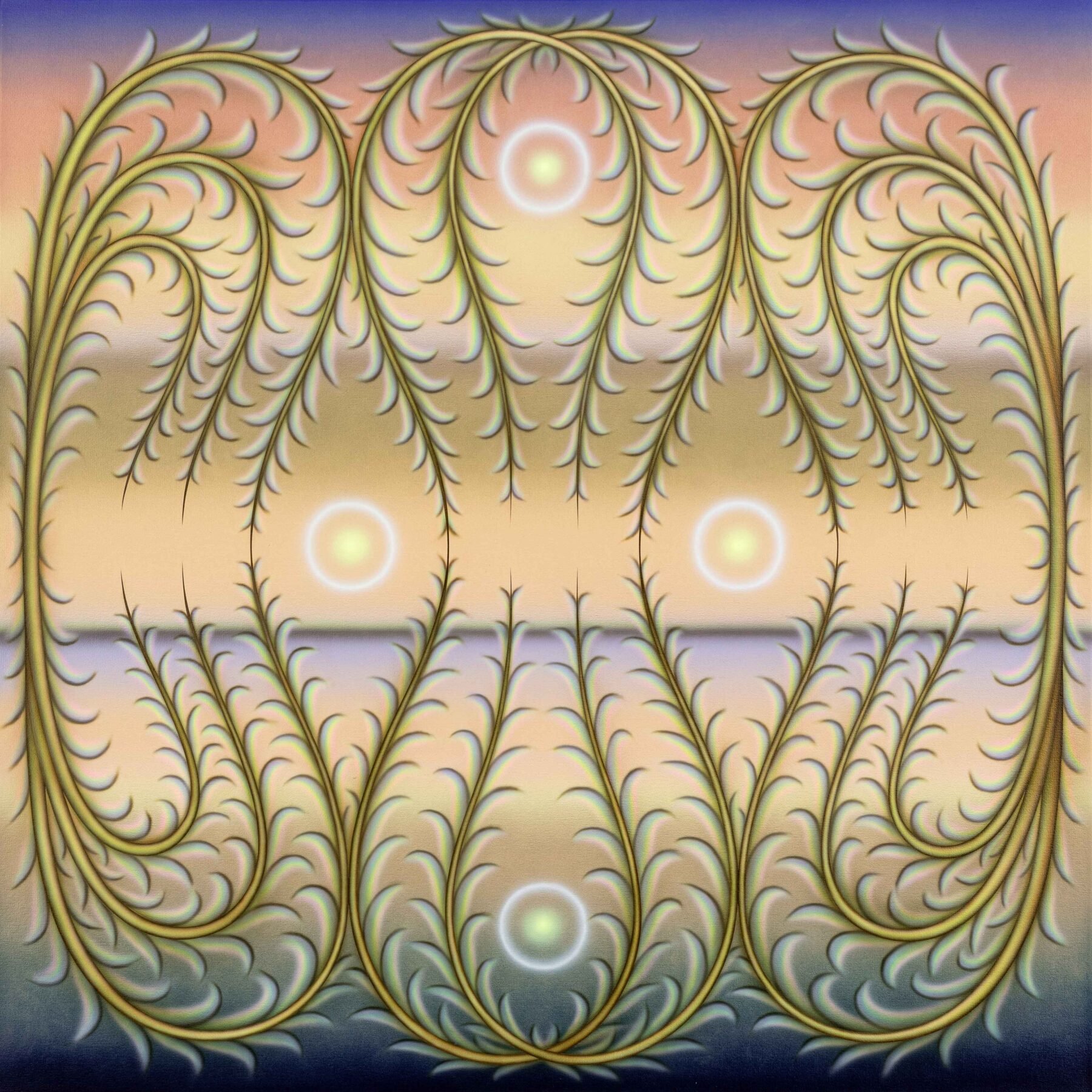

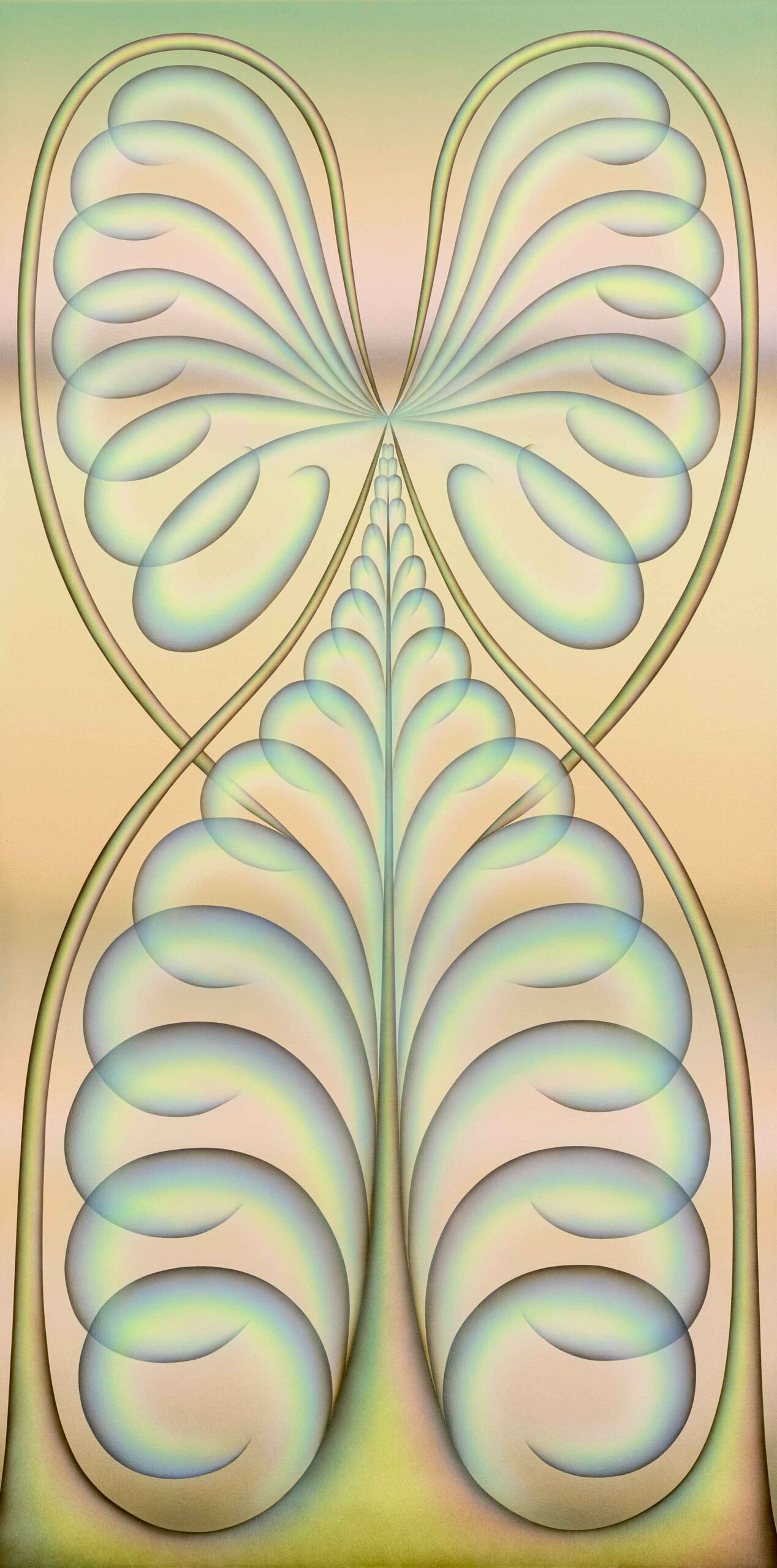
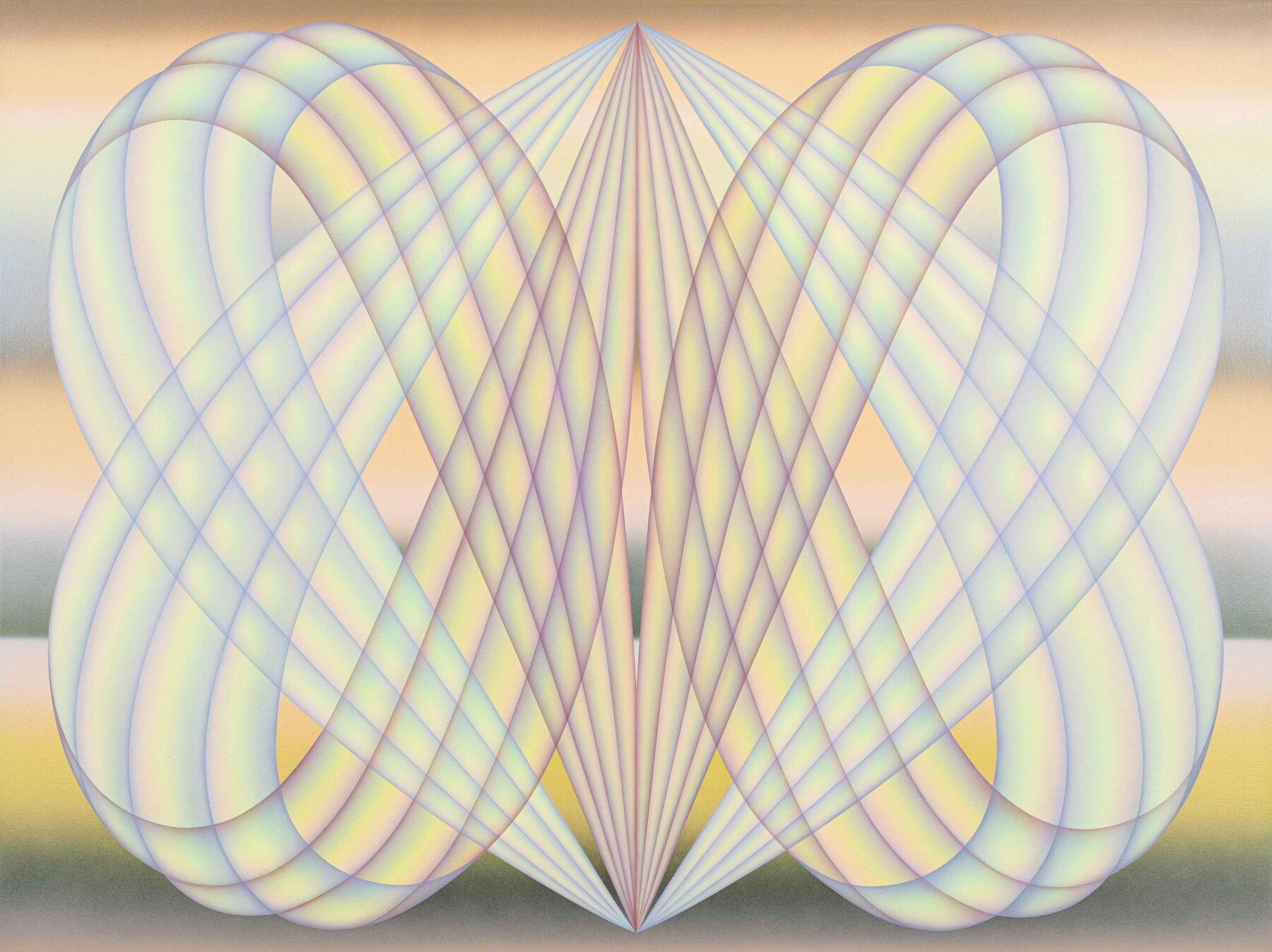

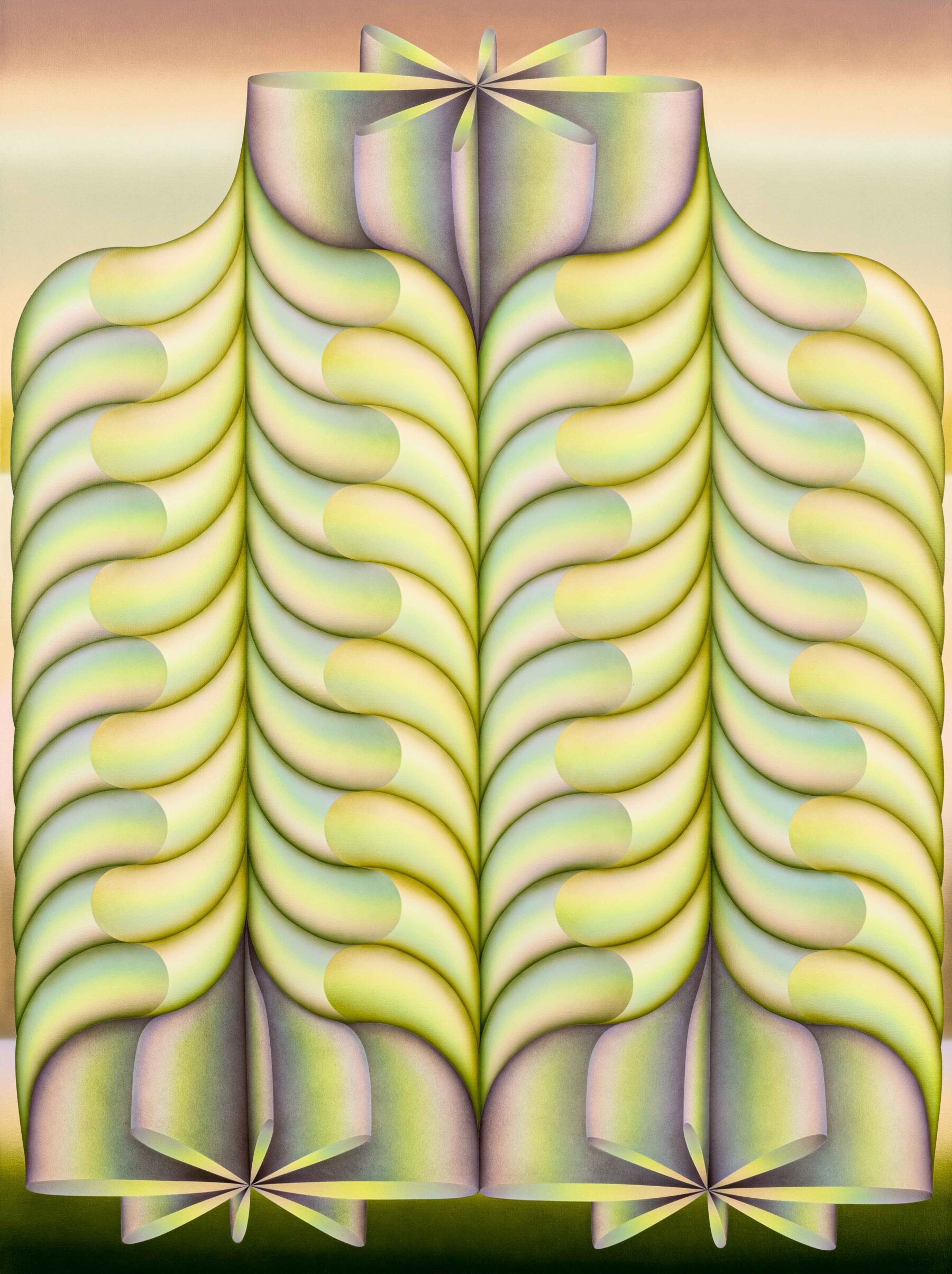
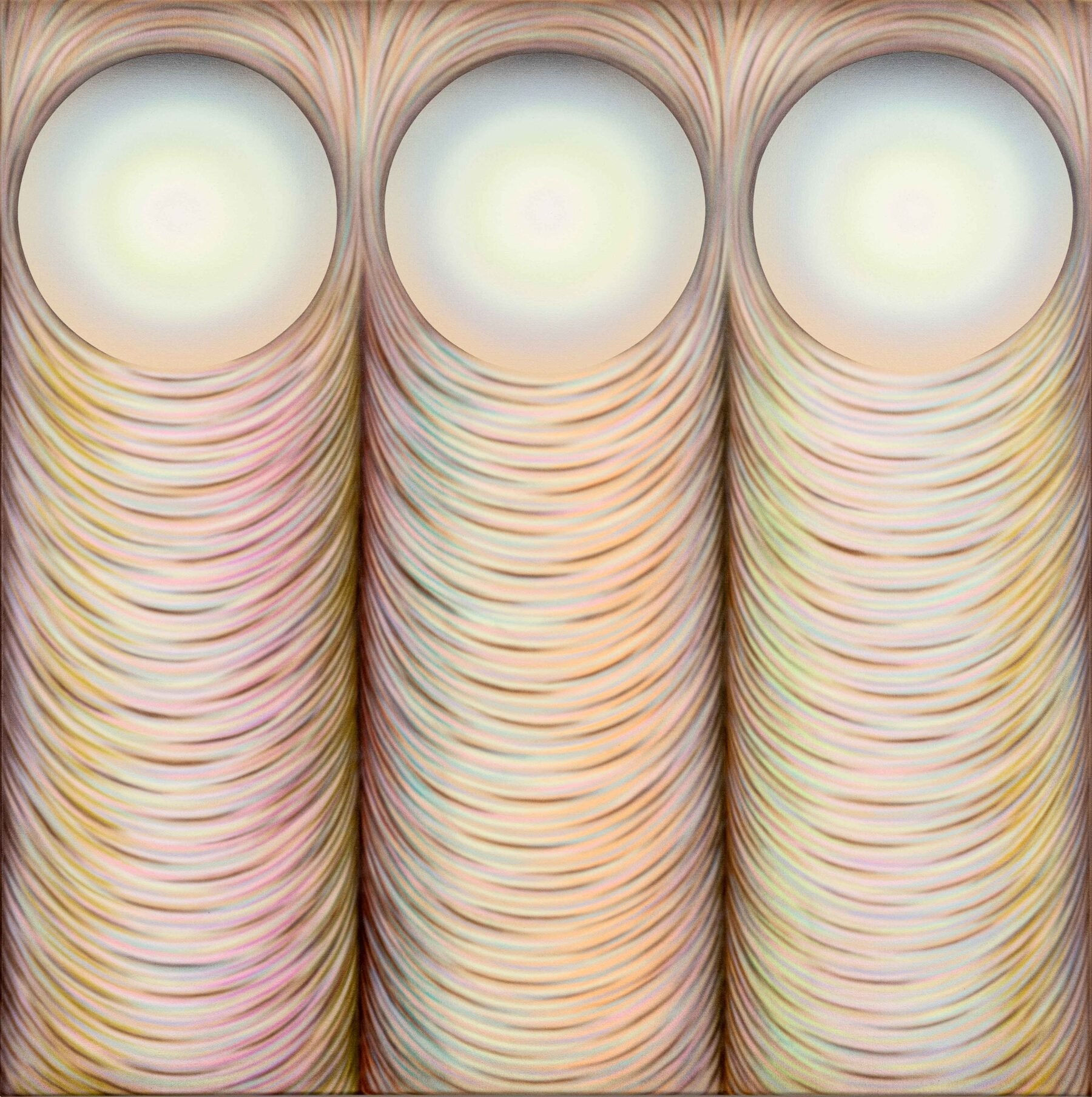
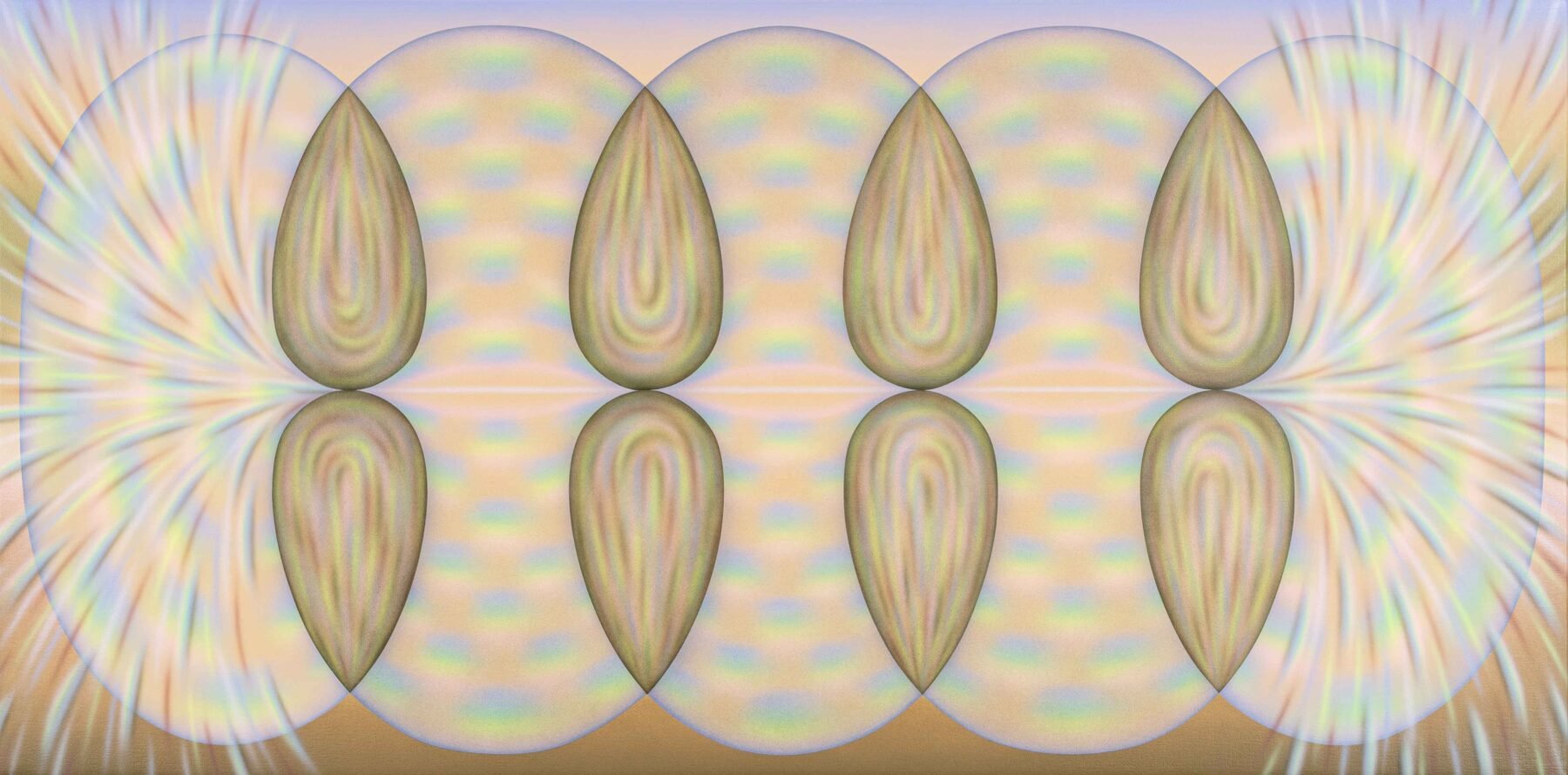
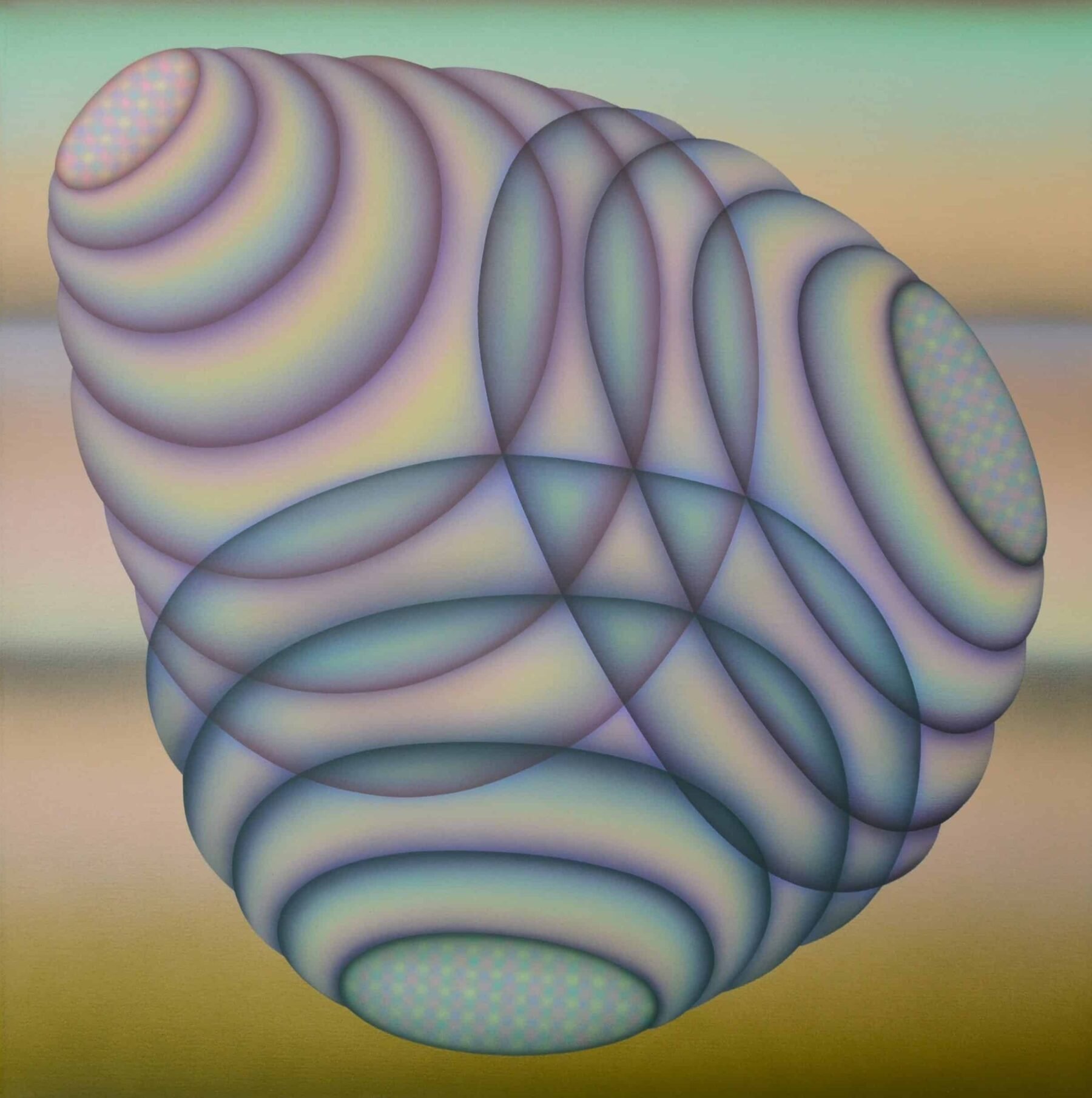
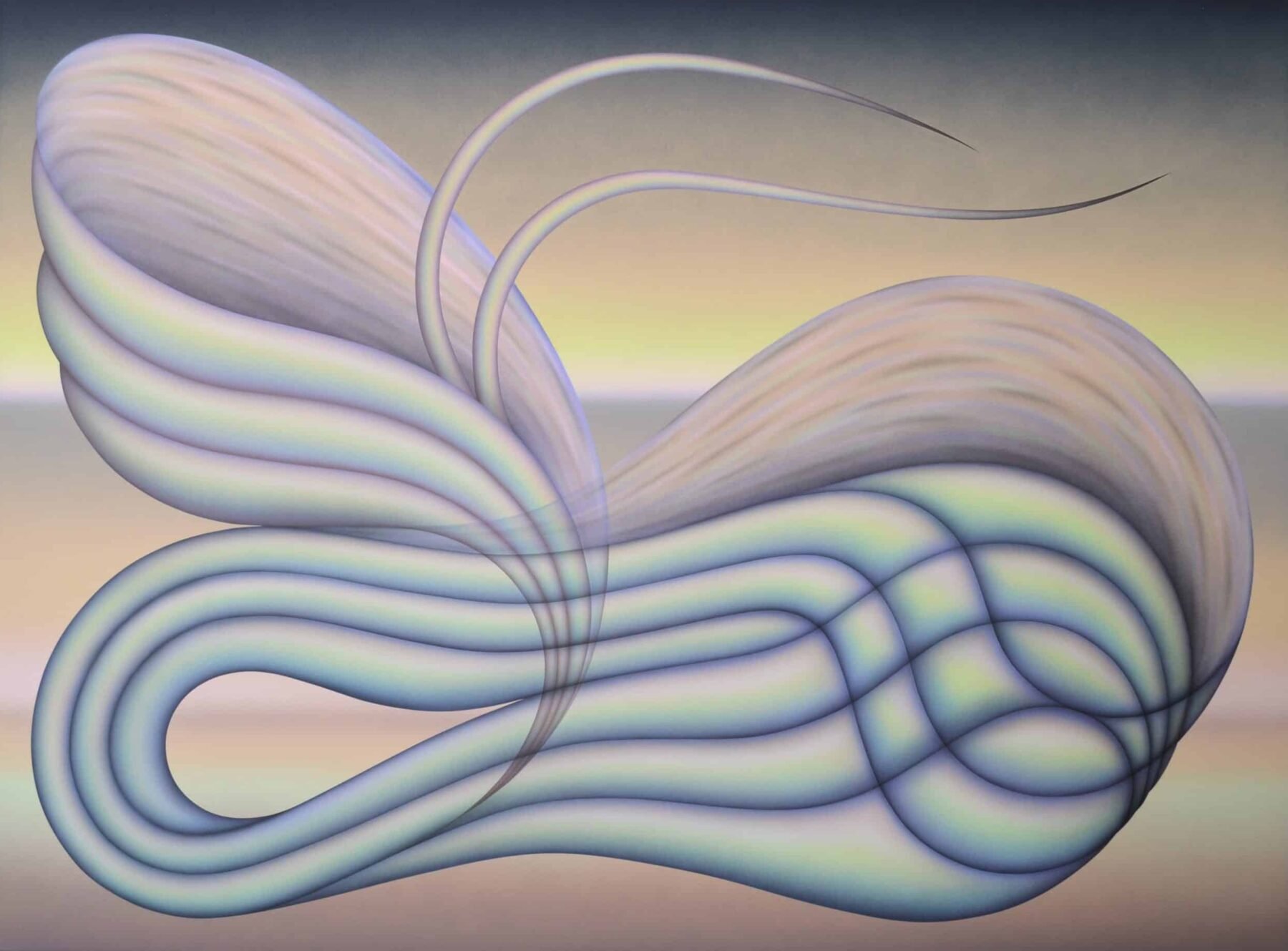
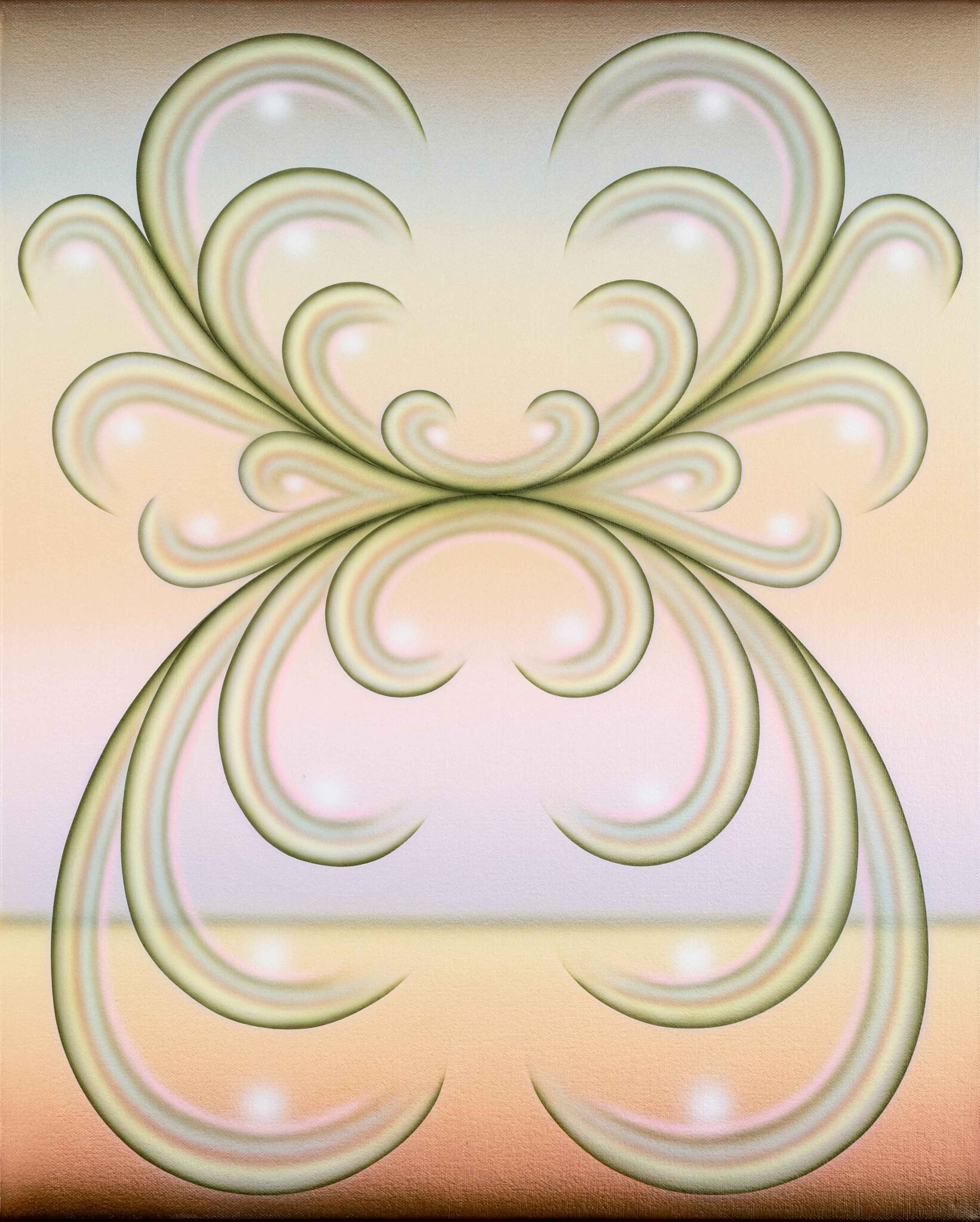
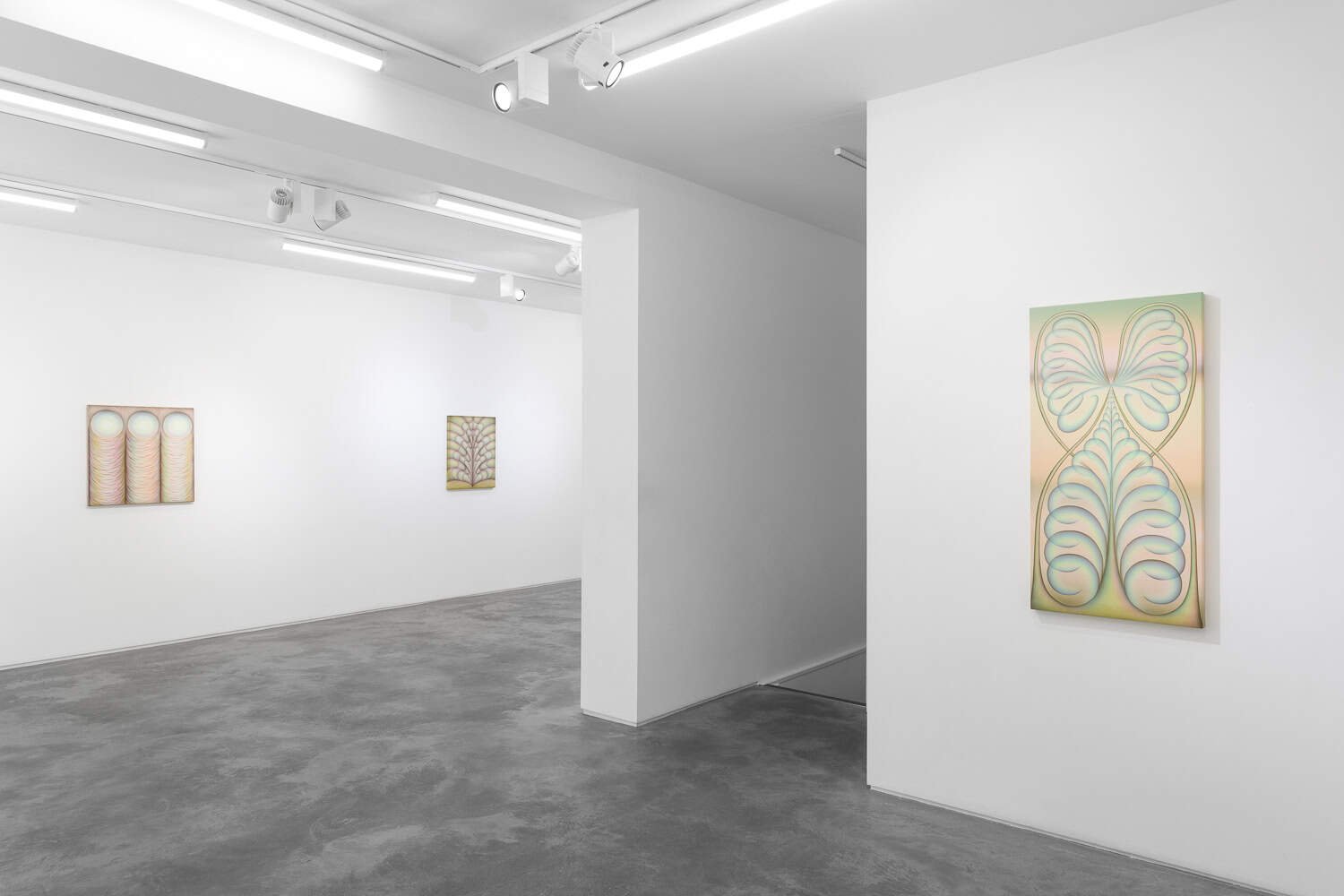
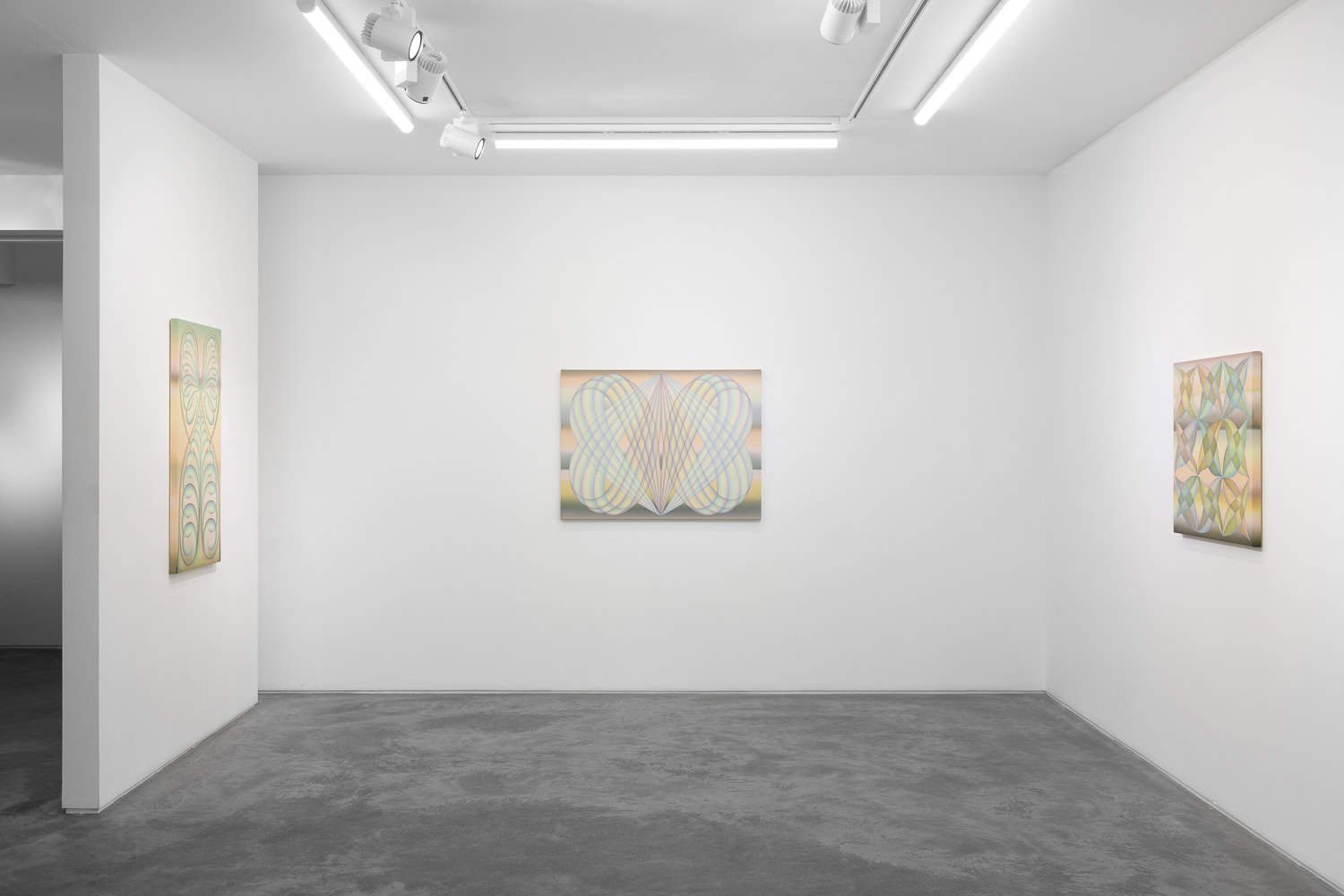
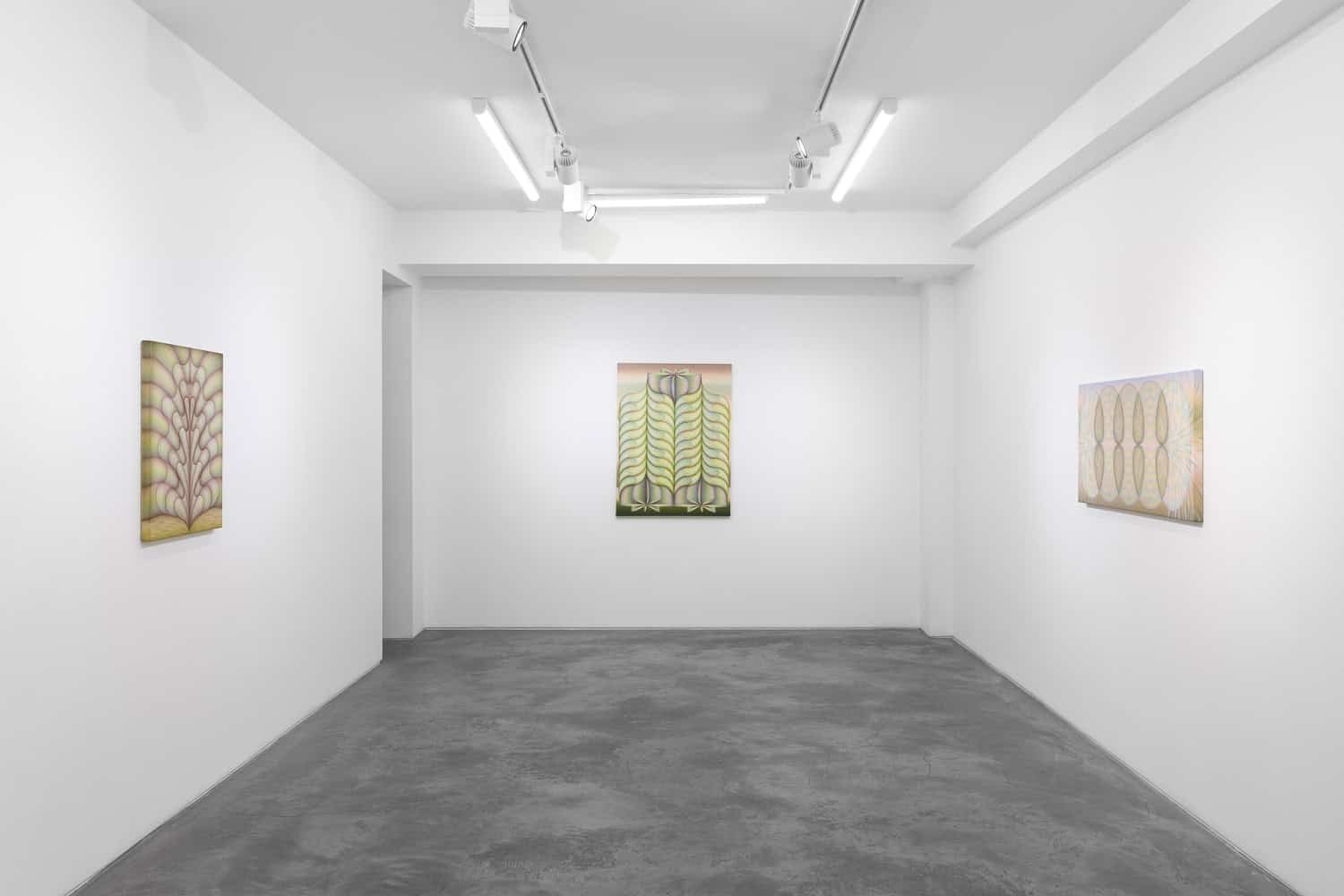
Huxley-Parlour are delighted to announce Pseudopodia, a solo exhibition of new works by Molly Greene, opening at our Swallow Street gallery in April 2024. The exhibition, Greene’s first with the gallery, will present a suite of eight paintings that continue the artist’s investigation of amorphous forms, the internal and corporeality. The works depict forms which proliferate across the canvas with a fluidity of line, reproducing themselves through uncanny replications that playfully negotiate naturalness and unnaturalness.
Greene’s practice considers the oversimplification of binaries, operating at the porous border between two seemingly distinct notions. The exhibition’s title, Pseudopodia, refers to the temporary projections manifested by amoebic cells in order to move, which are then reabsorbed into the cell in a continual process of animacy. This cyclical morphology, in which the internal and the external are continually in flux, and the ambiguous space between boundary and body are a point of departure in Greene’s work. Depicting the internal upon an external surface, converting the microscopic into the macroscopic, Greene’s forms become something with which we have to contend. In their self- replicating potential they call into question our own animacy and logics.
For Greene, the performativity of stillness can belie the complexity of internal processes and movement. The equivocacy of contours which pseudopodia suggests allows for a reconsideration of the bodily as a container, and the animate as a definitive category. Stillness can simultaneously paralyse movement and appear in opposition to it, while containing this opposite within itself. Greene builds her canvases up in thin layers of paint; backgrounds of pastel pinks, greens and yellows are contrasted with the more muted tones used to depict her organic forms. The interplay of colours creates a potency and friction between background and form, energising the work with a dynamism that mirrors the notion of concealed movement.
In this new body of work, Greene returns to the writings of Mel Y Chen and their book Animacies: Biopolitics, Racial Mattering and Queer Affect. Chen posits the centrality of animacy as a mechanism for the categorisation of matter, specifically the human, animal and thing. Animacy is an essential tool through which we define our ‘humaness’; Chen argues the insensate or immobility are counterintuitively used to delineate this animacy and draw distinctions between ourselves and that which we other. Greene’s consideration of mobility and these dualities feels prescient in the wake of shifting socio-political ground and cultural tendencies, confronting notions of how we take up and use space, as well as who is allowed to do so.
